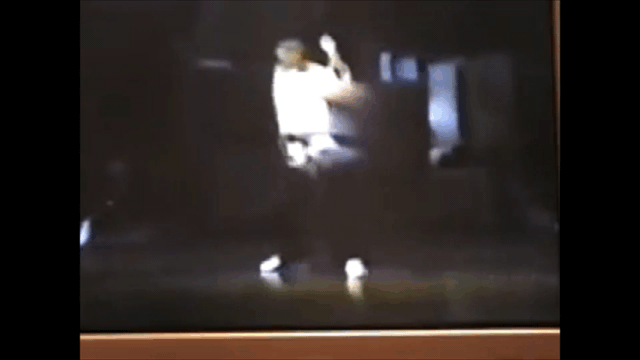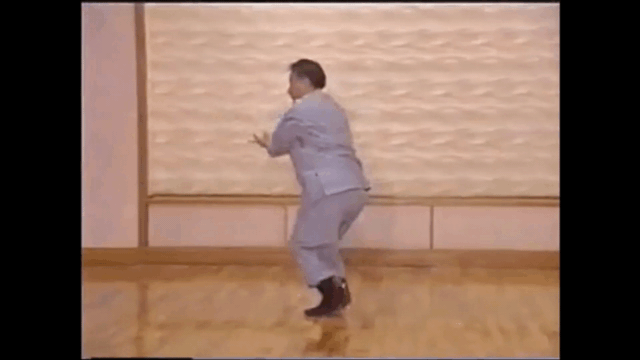The definition of body unification is your
- hand should coordinate with your foot.
- elbow should coordinate with your knee.
- shoulder should coordinate with your hip.
But when you stay in a horse stance and throw many punches without moving your low body, your punch will have nothing to coordinate with. If a form creator created such moves in the form, will that confuse his students big time?
Will you stand still, freeze your low body, and just punch with your arms?
- hand should coordinate with your foot.
- elbow should coordinate with your knee.
- shoulder should coordinate with your hip.
But when you stay in a horse stance and throw many punches without moving your low body, your punch will have nothing to coordinate with. If a form creator created such moves in the form, will that confuse his students big time?
Will you stand still, freeze your low body, and just punch with your arms?


